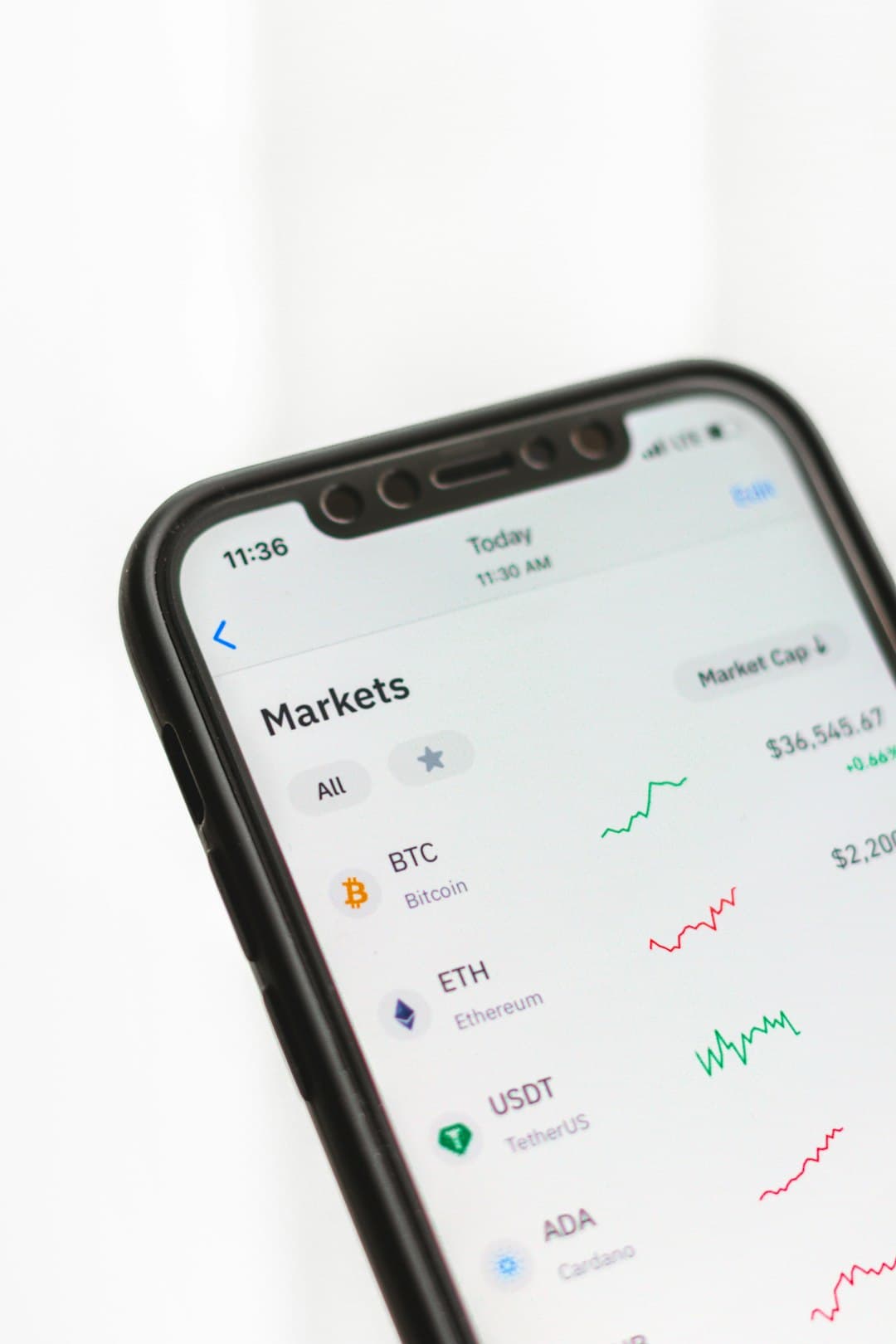
FMP
The Future of Digital Payments: Exploring the Rise of Central Bank Digital Currencies (CBDCs)
Nov 24, 2023 8:38 AM - Parth Sanghvi
Image credit: Behnam Norouzi
Introduction:
The evolution of digital currencies is reshaping the landscape of global finance, with Central Bank Digital Currencies (CBDCs) at the forefront of this transformation. As digital payments gain prominence, CBDCs are poised to revolutionize the way we transact and interact with money. This article aims to explore the rise of CBDCs and their implications for the future of digital payments.
Understanding CBDCs:
-
Definition and Purpose: CBDCs are digital forms of sovereign currency issued by central banks. They serve as legal tender and are backed by the government, facilitating secure, efficient, and traceable transactions.
-
Distinguishing Features: CBDCs differ from cryptocurrencies like Bitcoin as they are centralized, controlled by central authorities, and aim to complement existing fiat currencies rather than replace them.
Drivers Behind CBDC Development:
-
Technological Advancements: Rapid advancements in financial technology (fintech) and blockchain have paved the way for exploring the feasibility of CBDCs.
-
Changing Payment Landscapes: CBDCs respond to the growing demand for faster, cheaper, and more inclusive payment systems, offering potential solutions to address inefficiencies in traditional banking systems.
Potential Benefits of CBDCs:
-
Financial Inclusion: CBDCs have the potential to increase financial access for the unbanked or underbanked populations, providing them with a secure means of participating in the digital economy.
-
Efficiency and Security: By leveraging blockchain and advanced encryption, CBDCs promise faster, cheaper, and more secure transactions, reducing settlement times and operational costs.
Challenges and Considerations:
-
Privacy and Security Concerns: Balancing the need for privacy with the transparency required in digital transactions poses a challenge for CBDCs' design and implementation.
-
Regulatory Frameworks: Developing appropriate regulatory frameworks to govern CBDCs, addressing issues related to monetary policy, data protection, and interoperability with existing financial systems.
Global Adoption and Future Outlook:
-
Global Pilot Projects: Several countries, including China, Sweden, and the Bahamas, have initiated pilot programs or are exploring CBDC development, indicating the growing interest and experimentation in this space.
-
Transformation of Payment Systems: The widespread adoption of CBDCs has the potential to revolutionize payment systems globally, shaping the future of digital transactions and cross-border payments.
Conclusion:
Central Bank Digital Currencies (CBDCs) stand at the forefront of the digital payment revolution, offering potential solutions to address inefficiencies in traditional banking systems. With their ability to foster financial inclusion, enhance transaction efficiency, and transform payment landscapes, CBDCs represent a significant milestone in the evolution of money.
The future of digital payments is intricately tied to the development and adoption of CBDCs, which have the potential to reshape the way individuals and businesses transact, ushering in a new era of digital finance.
Other Blogs
Sep 11, 2023 1:38 PM - Rajnish Katharotiya
P/E Ratios Using Normalized Earnings
Price to Earnings is one of the key metrics use to value companies using multiples. The P/E ratio and other multiples are relative valuation metrics and they cannot be looked at in isolation. One of the problems with the P/E metric is the fact that if we are in the peak of a business cycle, earni...
Sep 11, 2023 1:49 PM - Rajnish Katharotiya
What is Price To Earnings Ratio and How to Calculate it using Python
Price-to-Earnings ratio is a relative valuation tool. It is used by investors to find great companies at low prices. In this post, we will build a Python script to calculate Price Earnings Ratio for comparable companies. Photo by Skitterphoto on Pexels Price Earnings Ratio and Comparable Compa...
Oct 17, 2023 3:09 PM - Davit Kirakosyan
VMware Stock Drops 12% as China May Hold Up the Broadcom Acquisition
Shares of VMware (NYSE:VMW) witnessed a sharp drop of 12% intra-day today due to rising concerns about China's review of the company's significant sale deal to Broadcom. Consequently, Broadcom's shares also saw a dip of around 4%. Even though there aren’t any apparent problems with the proposed solu...
